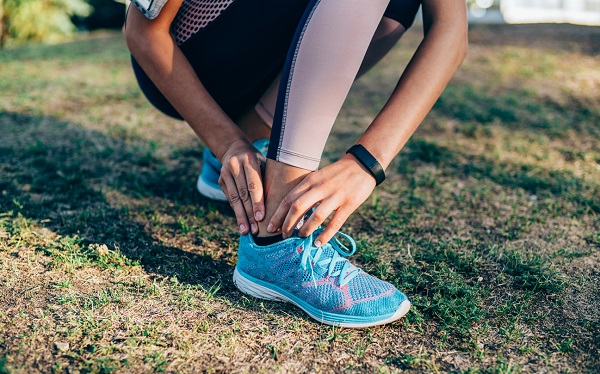-
Tennis has been shown to provide great cardiovascular health benefits. Players who meet the recommended minimum of 150 minutes of play per week should achieve positive health benefits like improved aerobic fitness, lower levels of body fat, an improved lipid profile and better bone health.
But along with the benefits come challenges to the body. The physical demands of the game vary significantly depending on the type of play (singles or doubles) and level of competition (social, pennant or professional), the surface on which the game is played (grass, hard court or clay) and the type of play (serve-volley or baseline play). In any case, tennis involves high levels of repetitive, intermittent physical activity.
Success in tennis requires explosive power, speed, agility and flexibility combined with good whole body coordination to ensure efficient footwork patterns. Leg strength and power are required for first step speed to return the ball, and core trunk and shoulder power are required for the serve, and to make powerful ground strokes. A high level of skill, hand-eye coordination, visual perceptual skills and tactical thinking are also important.
Common tennis Injuries
Building up strength is important for protecting the muscles and the joints against acute and chronic injuries to the lower limbs, knee and shoulder joint. The shoulder joint on the dominant side is under particular stress during shot making, and increasing the strength of the rotator cuff muscles, which are important in stabilising the shoulder joint, should be an important focus in any tennis-specific training program.
Chronic lower back and lower limb injuries are also common in tennis players, and increasing the strength of the core abdominal muscles and the strength and flexibility of the hamstrings is important for preventing these injuries.
Heat, hydration and nutrition
As a predominantly summer sport, tennis is often played in hot conditions, with court temperatures sometimes reaching up to 40 degrees Celsius. It is important to avoid heat-related injuries due to increasing body temperature and dehydration.
To prevent heat injuries, players must be well hydrated before the game, and should continually sip fluids (such as sports drinks, which contain electrolytes and sugars) during breaks. As a general guideline, 250ml of fluids should be consumed every 15 minutes during play. Players with lower levels of aerobic fitness or who are not heat-adapted are also more susceptible to heat illness. Players should also wear light cotton clothing and hats, and use sunscreens on hot days to prevent sun damage to the skin.
Dr Ian Gillam is an accredited sports and exercise physiologist at Exercise and Sports Science Australia. essa.org.au
Playing it safe

-
Stretches for gym enthusiasts
8 stretches to help you cool down from workouts
-
Stretches for office workers
Stretch out your back and relieve stress
-
Stretches for runners
Stretch your legs, hips and back after a long run
-
How to walk 10,000 steps
Discover how to easily reach your goal of 10,000 steps daily.
-
Everything you need to know about parkrun
Been wondering what a parkrun looks like? Where do you go? What do you do? How do you sign up? Find out here.
-
Five ways to exercise when on a budget
You don’t need to spend money on gym memberships just to meet your fitness goals. Here are five free ways to stay healthy and active when you’re living on a budget.
Subscribe to receive the best from Live Better every week. Healthy recipes, exercise tips and activities, offers and promotions – everything to help you eat, move and feel better.
By clicking sign up I understand and agree to Medibank's privacy policy






